It’s one of the most unexpected—and unnerving—driving experiences: a tire blowout. And something as small as a nail in the road can be the cause.
“It happens any time the air in the tire escapes at a rapid speed,” says James Solomon, a defensive driving expert with the National Safety Council (NSC). According to the NSC, the top five causes of tire blowouts are under-inflation, overload, uneven tread wear, damage and defects.
Fortunately, tire blowouts seem to be on the downswing since the implementation of tire pressure monitoring systems, says Solomon. Still, he cautions, the unexpected event could occur, so it’s important for drivers to understand the possible causes and the proper responses, as well as the steps to take to help prevent a tire blowout.
What To Do
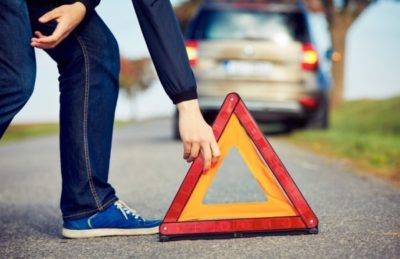 “A blowout is pretty obvious,” says Solomon. “You’ll hear a pop, and one side of your car will drop down.” If it’s a front tire, you’ll hear a flapping sound, and the steering wheel could jerk from your hands. A back tire may be less dramatic, but both situations should be handled the same.
“A blowout is pretty obvious,” says Solomon. “You’ll hear a pop, and one side of your car will drop down.” If it’s a front tire, you’ll hear a flapping sound, and the steering wheel could jerk from your hands. A back tire may be less dramatic, but both situations should be handled the same.
“The last thing you want to do is jam on the brakes, especially in traffic,” says Solomon, even though that may be your gut reaction. The goal is to gain control of the vehicle as it continues to move and to get it away from traffic. He recommends signaling for a lane change and easing your foot off the gas pedal while steering to the side of the road as quickly and as smoothly as you can.
Turn on your hazards, and once the car is safely off the road, call for assistance. If you have the GEICO Mobile app, you can use it to request Emergency Roadside Service. If you’re fixing the flat yourself, make sure you’re a safe distance from traffic.
How To Prevent It
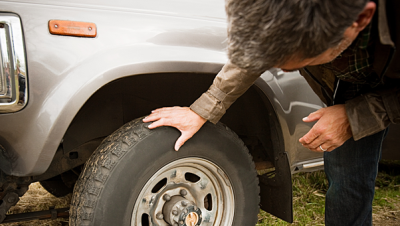 The National Highway Traffic Safety Administration (NHTSA) estimates that about 11,000 tire-related accidents happen every year, so tire upkeep is essential. A good first step is to check tire pressure, using a tire gauge, just as often as you check your oil or washer fluid—preferably once a month, advises Solomon. “If the PSI (pounds per square inch) is off by more than two pounds, fix it.” You can find the correct pressure for a tire in your owner’s manual or on the sticker inside the driver’s side door frame. And it never hurts to do a visual check before you get in the car, says Solomon. “If one tire looks lower than the others, it probably is.”
The National Highway Traffic Safety Administration (NHTSA) estimates that about 11,000 tire-related accidents happen every year, so tire upkeep is essential. A good first step is to check tire pressure, using a tire gauge, just as often as you check your oil or washer fluid—preferably once a month, advises Solomon. “If the PSI (pounds per square inch) is off by more than two pounds, fix it.” You can find the correct pressure for a tire in your owner’s manual or on the sticker inside the driver’s side door frame. And it never hurts to do a visual check before you get in the car, says Solomon. “If one tire looks lower than the others, it probably is.”
NHTSA also recommends that you check tread wear every month using a simple penny test. Place the coin headfirst into the groove; if you can see the top of Lincoln’s head, it’s time to replace the tire.
Another smart strategy? Add Emergency Roadside Service to your GEICO car insurance policy for just pennies a day per vehicle. Plus, you can request roadside help in as little as two minutes when you use the GEICO Mobile app. Be prepared and download it today!
Read More: 5 Hi-Tech Safety Features To Look For In A New Car
By Sue Carpenter

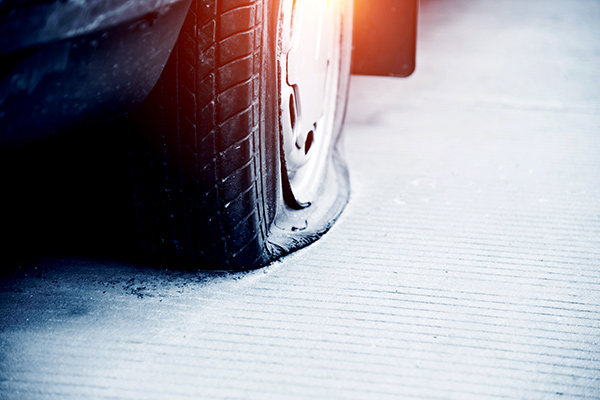



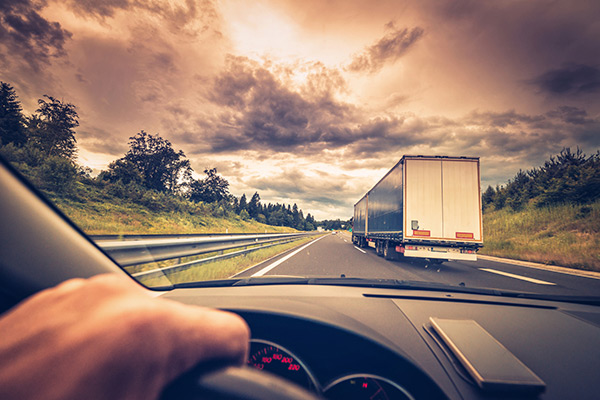


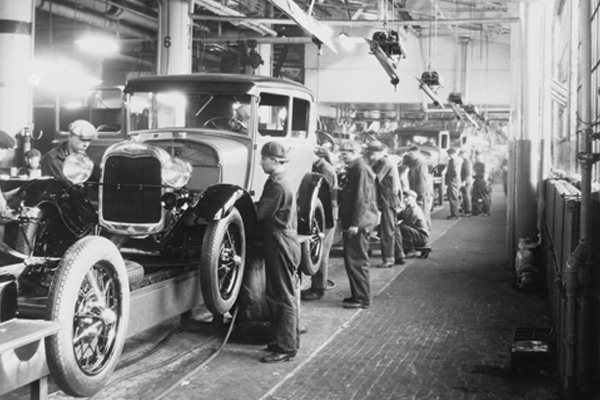
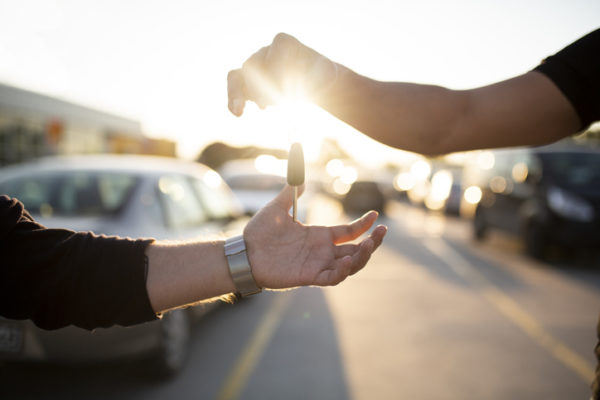
Barbara Potter says,
I am 84 have no one who cares enough to check tires, any ideas?
Samuel Ajayi says,
Good… Thanks
Heather Donaldson says,
Thanks for the info advice helps a lot.
Samuel Ramirez says,
Good Reminder!
Grorgia Patterson says,
Thanks for the info
Lucia Kirwood says,
Would like to know if Geico can provide a key ring tag with a contact phone number to call in an emergency or accident-I used to have one when I was insured by Allstate.
PHILLIP MESSINGER says,
Another suggestion: I keep a cheap emergency compressor/light in my car or truck. Also, a box with a kit of tire plugs, glue and a pair of pliers to remove nails or other things from my tires. It happens that you find a flat when you’re on the way or leaving somewhere to go home. Several times, I’ve discovered that I had a tire go flat or too low to drive home or to have it fixed. I pull out the nail or other item, push a plug with glue on it into the hole, connect the little compressor and re-inflate the tire. I’ve done this for people I’ve found standing at their car, having just discovered the same on their vehicle. It takes very little of my time to help them out and wave off their offer to pay me. I do it for my own satisfaction. That’s enough. Once, the damage was too much for a plug and then I called road service, but most of the time, it’s better to just handle it and keep damp hand wipes in the car too.
travis-thommen says,
If you are driving an SUV and have a blow-out , this experts advice might get you killed. You could suffer a roll- over if you don’t first accelerate when you have a blow-out on a SUV. You must get the car flat first.
B. J. O'Connor says,
I have often wondered about this driving issue and hopefully I will remember the warning NOT to hit the brakes which is natural reaction. Appreciate the tip!!
Corrie Gary says,
Thank you for this great tip , I hope I never need to use it , but if this happens to me I hope I can remember this tip and not panic .
John de Souza says,
I got a blowout on the front driver side in the black of night on I-15 near Las Vegas. Luckily, the car kept going straight, no fighting with the steering was necessary. I backed off the gas, put on my hazard lights, signaled, and pulled over to the right, where I had a nice, very wide shoulder to stop on and put on my compact spare (more luck). The tread of the tire had melted and completely separated from the sidewalls. I had 4 new tires that had one week of wear on them – so this can happen at any time! I got a free replacement, and the tire shop couldn’t find anything that punctured the tire.
debbie reding says,
Thank you my first reaction would be step on the brake
Ray Raza says,
It is very good advise for all the drivers to make sure that their tires are good and they do have proper pressure. Several years ago I witnessed a tire blow out. I was driving my Chevy van , on the right side there was a white sedan car. The front left tire blew out. Even though it was in the last century but my mind still had the video of the scene and the thoughts which came to my mind. I thought at that time that now we will have the col lesión and there will be injuries and car damage. But some how the other car’s driver controlled the car and nothing happened but few seconds which I still remembered I was very scared.
Glenda Bretz says,
Good article. There is another much safer way of stopping a car that has a blowout is as soon as u feel a blowout or flat put ur car in neutral. The car will slow faster without ever touching the brake. As soon as the car is out of gear it will decelerate way faster and you dont risk flipping ur car. This works front and back both. If the roads are icy same thing take it out of gear. Keep your hands firmly on the steering so u can safely come to a stop. Then follow the persons advice in coming to a safe stop.
Aleem B Malik says,
Excellent article I must appreciate it.
Sandy Bond says,
I’m always glad to find out how to handle certain driving situations, really appreciate learning driving tips. Thanks again
Janice J Wyllie says,
Wyllie
Thank you. You have taught me more safety driving tip. I am very pleased to hear safety information.